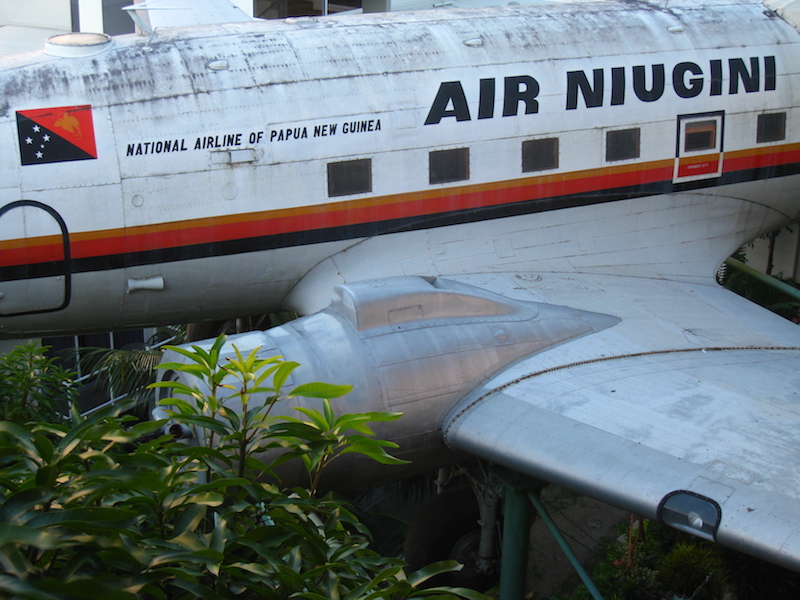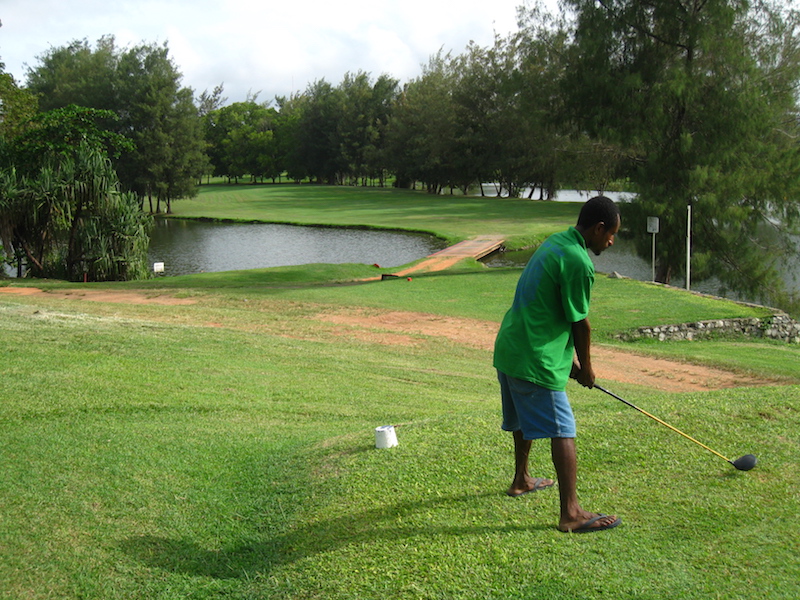Situated in the southwestern Pacific, just north of Australia, lies one of the most culturally diverse and least explored countries in the world, Papua New Guinea. Sharing its western border with the Indonesian provinces of Papua and West Papua, Papua New Guinea boasts over 850 different indigenous languages, representing 12% of the world’s total languages. One tiny country, representing over 10% of the entire spectrum of language; pretty wild, if you ask me. It’s a place I never thought I’d actually be able to visit.

I flew from Wellington, New Zealand through Brisbane, Australia on a once-a-day Air Niugini flight to Port Moresby, Papua New Guinea’s capital, where I spent the next five days researching the cost-of-living, going in and out of supermarkets, car dealerships, pharmacies and the like.
At Jackson International Airport, the air was hot and sticky, much different than the cool and damp climate I’d grown accustomed to in New Zealand over the previous three weeks. I picked up a small booklet titled, “Welcome to Papua New Guinea,” flipping through various advertisements until I came to this:
Ours is a fledgling tourism industry within a young nation struggling with the dynamics of maintaining a truly free and democratic society around one thousand tribes in a rapidly evolving global society.
A lot of information packed into once sentence. With that, I became even more determined to learn as much as I could during my stay.
Pidgin English
When multiple groups that do not share a common language are brought together, a pidgin language typically develops as a means of communication. Due to Papua New Guinea’s incredible language diversity, a form of pidgin English, called Tok Pisin, has become one of the more dominant languages in Port Moresby. Below are a few examples. Try saying them out loud.
What is your name? Wanem nem bilong yu?
How are you? Yu orait?
How much is that? Em hamas?
That is/was bad. Em no gut.
Can you come with me? Inap yu kam wantaim mi?
And some personal favorites, which were displayed on my hotel door knob:
Please clean my room. Yu ken stretin rum nau.
Do not disturb. Yu no ken kam insait.
Betel Nut Economy
At first, I had no idea what was going on. Walking around, I noticed deep-crimson splotches on the sidewalks and streets, the teeth and gums of roadside locals stained the same color. Dark red and thick. I had read about cannibalism in Papua New Guinea, but seriously? That couldn’t be right. Not everyone could be feasting upon human flesh so openly. I was nervous.
I soon learned that it wasn’t meat causing the redness. In a trip to Ethiopia, I had read about and eventually sampled qat, a tropical evergreen plant whose leaves are chewed as a euphoric stimulant. It kept me up until 4am, wide-eyed, temples buzzing. Papua New Guinea has a similar–and equally as addictive– commodity called the Betel (or Areca) nut. Driving around Port Moresby, it’s hard to miss the myriad of Betel nut stalls. They’re everywhere.
John, a Budget driver who I had employed to help with my research, urged me not to try it. I heeded his advice. Wikipedia states:
According to Medline Plus, “Long-term use has been associated with oral submucous fibrosis (OSF), pre-cancerous oral lesions and squamous cell carcinoma. Acute effects of betel chewing include asthma exacerbation, hypertension, and tachycardia. There may be a higher risk of cancers of the liver, mouth, esophagus, stomach, prostate, cervix, and lung with regular betel use. Other effects can include a possible effect on blood sugar levels, possibly increasing the risk of type 2 diabetes.
While the price fluctuates with supply, one Betel nut typically ranges between 0.5 and 1 kina (about $0.25-$0.50). Some vendors can make as much as 200-400 kina/day, and I was told that it’s popular for university students to sell them during their school breaks to cover tuition and book fees.
In an economy where a third of the population lives on less than $1.25 per day, I ask myself, why do so many people spend their money on the Betel nut? I guess I should have tried one to find out.
Port Moresby Golf Club
With my work complete and a half-day left, I wanted to wrap up the trip with something adventurous and recreational. Due to a cholera outbreak, it was recommended that I stay away from snorkeling and any other water-related activities, and while it probably wouldn’t have been an issue, I didn’t want to take any chances with a few weeks of travel remaining.
So I decided to sneak in a round of golf. I visited the Port Moresby Golf Club, paying $50 for 18-holes, clubs, balls and the company of John, a personal caddy. After the first hole, I asked John to play with me, not knowing how amazing a golfer he would be. He crushed me.

It was beautiful out there. The course has been played by Nick Faldo and Greg Norman, two professional golfers, as well as numerous foreign dignitaries. Crocodiles hide out in the bushes on water holes, yet despite the numerous warning signs, I noticed a few locals bathing and fishing in the water.
I spent most of my afternoon chasing balls into the woods, dodging fire ants and struggling to maintain my short game. For those of you that speak golf, I shot a 109 and had two pars. Not one of my best rounds, but boy I had fun.
##
While Port Moresby is routinely ranked as one of the worst capital cities in the world to live in (due to high levels of rape, robbery and murder), I have to say, I had a fairly decent time there. As a foreign traveler, there’s not much to do, but most people I spoke with were incredibly friendly and interested in chatting. Certainly one of the tamer, more amicable countries I’ve visited.
Reading those Tok Pisin phrases out loud was way to much fun. It’s interesting how they kind of make some sense. Weird.
And getting crushed by your caddy… Equally hilarious.
Papua New Guinea is probably my favorite country I’ve ever been to! What an amazing untouched “last frontier on Earth”. I really like that tourism quote about the industry. 850 indigenous languages and thousands of tribes cause for the greatest human diversity on the planet. You must go again, PNG has so much to offer outside of Port Moresby. 5 days doesn’t do this country justice. But then again, does any amount of time ever give a place justice? The world is great!
PNG is on the list for sure! I actually want to hike some of their long distance trails that connect the villages of various tribes. I’ve been thinking about it for a while.
And I once tried Betel nut in India and it was not a pleasant experience at all. Within seconds I was barely able to stand and I had to sit down on the sidewalk for about thirty minutes until the extreme dizziness passed!
How did the Paupa New Guinea Pidgen compare to Jamaican Pidgin. In my mind as I was pronouncing it, I could definitely see how they could be similar, but I’m sure they both have their own uniquenesses.
PNG Pidgin is about 50% English, (make that 60% ), with about 25 to 30% German and the rest is a mixture of local languages, depending on what language region you are in. some pronunciations are similar to the West Indian style, and it has also been compared (accent ) to South African (cape area).
My brother in law was working there at a mine this year. He says the country is very scenic but a lot of places are not too safe.
I still would like to visit there some day.
Thanks for sharing.
The place looks nice though their are some security issues. I’ve googled for some tourist spots and I found some interesting caves, which were kinda creepy but I love to go there someday!